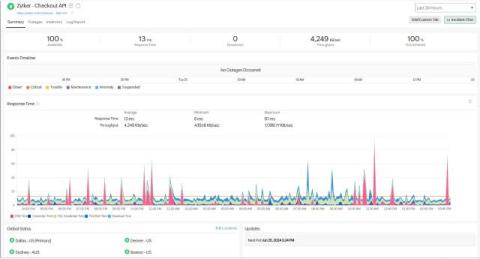Mobile APM best practices to ensure top user experiences
Whether you are a solopreneur or the owner of a large business, think about the instances on your website or app when customers feel irritated, stuck, or frustrated on their mobile screens. Be it an app slowdown, broken flow, or irregular functionality, a mobile application performance issue can make or mar a business's reputation quicker than ever before, especially since mobile phones have become the primary screens for many users.











